Haryana Switch to Hindi
HC Notice on Plea Challenging Haryana Cabinet Expansion
Why in News?
Recently, the Punjab and Haryana high court sought a response from the Centre and Haryana government on a Public Interest Litigation (PIL) challenging the cabinet expansion by the Nayab Singh Saini government in Haryana.
Key Points
- As per the plea, the state has 90 members House, and that council of ministers can’t exceed 13 (15%) of the total strength as per Article 164 of the Constitution of India.
- Article 164 envisages that the Chief Minister shall be appointed by the governor.
- The PIL alleges Saini appointed five as ministers on 12th March, when he also took oath as chief minister and eight more on 19th March.
- The addition of eight more in the council of ministers is illegal, void and unconstitutional under the Representation of People Act, 1951.
Public Interest Litigation (PIL)
- It is the use of the law to advance human rights and equality, or raise issues of broad public concern.
- The concept of “Public Interest Litigation” has been borrowed from the American Jurisprudence.
- In Indian law, PIL means litigation for the protection of Public Interest. It is Litigation introduced in a court of Law, not by the aggrieved party but by the court itself or by any other private party.
- It is the power given to the public by courts through Judicial activism.
- It can be filed only in the Supreme Court or the High Court.
- It is different from Writ Petition, which is filed by individuals or institutions for their own benefit, whereas PIL is filed for the benefit of the general public.
- The concept of PIL is suited to the Principles enshrined in Article 39 A of the Constitution of India to protect and deliver prompt Social Justice with the help of Law.
- Areas where PIL can be filed: Pollution, Terrorism, Road safety, Constructional hazards etc.
Haryana Switch to Hindi
First Batch of Indian Workers Leave for Israel
Why in News?
Recently, the first batch of Indian construction workers bound for jobs in Israel were flagged off by Israeli ambassador Naor Gilon and government officials.
Key Points
- The Israeli government raised an urgent request for construction workers in November 2023 and Israeli Prime Minister Benjamin Netanyahu had discussed fast-tracking the process with Prime Minister Narendra Modi in December 2023.
- This was because the country faced major labour shortages after it banned thousands of Palestinians from working in Israel following the terror strikes by Hamas on 7th October 2023.
- According to the National Skill Development Council, the first group were recruited over the past few months during a massive drive in Haryana and Uttar Pradesh.
- They are part of a requisitioned 10,000-strong workforce that will be flown to Israel over the next few weeks, with batches due to fly almost every day on board Air India and even chartered flights.
- According to the Ministry of External Affairs the workers were travelling to Israel under a government-to-government arrangement, as part of the India-Israel mobility partnership signed in 2023.
- As Israel is not on the list of “Emigration Clearance Required” (ECR) countries, registration for the workers is not mandatory on the MEA’s eMigrate portal.
- As per the Framework Agreement and Implementation Protocols signed with Israel, Indian workers shall enjoy equal treatment with respect to labour rights as Israeli citizens and shall be provided with proper lodging, medical insurance and relevant social security coverage as well as wages and benefits as set out in law.
The National Skill Development Corporation (NSDC)
- It is a non-profit public limited company established on July 31, 2008, under Section 25 of the Companies Act, 1956.
- The Ministry of Finance established NSDC as a Public Private Partnership (PPP) model.
- The Government of India, through the Ministry of Skill Development and Entrepreneurship (MSDE), owns 49% of NSDC, while the private sector owns the remaining 51%.
- The organisation provides funding to develop scalable and successful initiatives for vocational training.
The eMigrate portal
- It is fully operational since its launch in 2015 and provides for registration of Recruitment Agents (RAs), Foreign Employers (FEs) and issue of Emigration Clearance (EC) to prospective emigrants.
- It is a comprehensive online system developed to facilitate safe and legal migration of Indian workers to 18 Emigration Check Required (ECR) countries.
- These 18 countries are Afghanistan, Bahrain, Iraq, Indonesia, Saudi Arabia, Kuwait, Jordan, Libya, Lebanon, Malaysia, Oman, Qatar, South Sudan, Syria, Sudan, Thailand, UAE and Yemen.
Uttar Pradesh Switch to Hindi
Additional Advocate General
Why in News?
Recently, Uttar Pradesh Additional Advocate General (AAG) Ardhendumauli Kumar Prasad resigned from the office.
- Before being appointed as AAG, he served as standing counsel for UP in the Supreme Court.
Key Points
- Additional Advocate General is a legal officer who assists the Advocate General (AG) of a state or union territory in India.
- He is appointed by the Governor of the state on the recommendation of the AG.
- The AAG performs the duties assigned to him or her by the AG, such as appearing in the High Court or other courts on behalf of the state government, giving legal opinions, and drafting pleadings.
Rajasthan Switch to Hindi
Rajasthan RSS Group Issues CAA Eligibility Certificates
Why in News?
In Rajasthan, a Rashtriya Swayamsevak Sangh (RSS)-affiliated group has been organising camps and issuing “eligibility certificates” to members of the Hindu community from Pakistan to help them apply for citizenship under the Citizenship (Amendment) Act, 2019 (CAA).
Key Points
- The group, Seemajan Kalyan Samiti, which operates in the areas along the Pakistan border, has helped around 330 people from Jaisalmer, Barmer and Jodhpur in Rajasthan upload their documents on the citizenship portal launched by the Home Ministry.
- The CAA grants citizenship to members of six “persecuted” non-Muslim communities from Pakistan, Afghanistan and Bangladesh.
- The certificate, a mandatory document to be issued by a “locally reputed community institution”, is to be enclosed with an affidavit and uploaded on the CAA portal along with other documents.
- It is to be noted that since the Pakistani Hindus entered India legally, on pilgrim or tourist visas, they were eligible for citizenship under Section 5 and Section 6 of the Citizenship Act, 1955.
- The CAA also intends to benefit the Matuas, a Scheduled Caste community in West Bengal who came from Bangladesh during and after the 1971 war.
Citizenship (Amendment) Act, 2019
- About:
- The CAA provides citizenship on the basis of religion to six undocumented non-Muslim communities (Hindus, Sikhs, Buddhists, Jains, Parsis and Christians) from Pakistan, Afghanistan and Bangladesh who entered India on or before 31st December, 2014.
- It exempts the members of the six communities from any criminal case under the Foreigners Act, 1946 and the Passport Act, 1920.
- The two Acts specify punishment for entering the country illegally and staying here on expired visas and permits.
- Rules:
- The application process for citizenship under CAA has been made under Section 6B of the Citizenship Act, 1955. Applicants need to prove their country of origin, religion, date of entry into India, and knowledge of an Indian language to qualify for Indian citizenship.
- Proof of Country of Origin: Relaxed requirements allow various documents, including birth or educational certificates, identity documents, licenses, land records, or any document proving previous citizenship of the mentioned countries.
- Date of Entry into India: Applicants can provide 20 different documents as proof of entry into India, including visas, residential permits, census slips, driving licenses, Aadhaar cards, ration cards, government or court letters, birth certificates, and more.
Matua Community
- Originally from East Pakistan, the Matuas migrated to India during Partition and after the creation of Bangladesh. However, a sizable number are yet to get Indian citizenship.
- Matua Mahasangha is a religious reformation movement that originated, around 1860 AD, by Harichand Thakur, at Gopalganj in the Faridpur province of present-day Bangladesh for the upliftment of the oppressed.
- He preached love, tolerance, gender equality and non-distinction irrespective of caste, class and creed.
- In the beginning Matua-mahasangha followed simplified rituals, but later adopted Vaishnavism.
Uttarakhand Switch to Hindi
Recycling Facility for Li-ion Batteries and E-Waste in Uttarakhand
Why in News?
Recently, the Technology Development Board (TDB) entered into an agreement with M/s Remine India Private Limited, for setting up a commercial plant for recycling of Li Battery and E-Waste using Indigenous Technology in Sitarganj (District Udham Singh Nagar), Uttarakhand.
Key Points
- Through the agreement, TDB has pledged a financial assistance of ₹ 7.5 crores out of the total project cost of ₹ 15 crores, marking a significant stride towards sustainable development and environmental stewardship.
- The efficient recycling of Li-ion batteries serves as a vital source of secondary raw materials for cell manufacturing within the country.
- The escalating imports of e-waste stemming from the disposal of spent Lithium-ion Batteries (LIBs) are driven by their growing utilization in portable electronics, electric vehicles, and global renewable energy storage systems.
- The disposal of LIBs through landfilling and incineration poses environmental and safety concerns, highlighting the need for recycling initiatives.
- The potential for value creation through the retrieval of metals from spent LIBs has spurred interest in recycling e-waste generated by these batteries.
- The lithium-ion battery recycling market size is projected to reach USD 14.89 billion by 2030, with a Compound Annual Growth Rate (CAGR) of 21.6%, up from USD 3.79 billion in 2021.
- Despite this, a significant 95% of Li-ion batteries currently end up in landfills, while only 5% undergo recycling and reuse.
- The dominance of the informal sector in the e-waste scenario has adverse environmental and economic implications.
- Efficient and environmentally friendly recycling methods are imperative to address the escalating issue of battery waste, mitigate migrant supply side risks related to critical elements, and reduce carbon footprints.
- India is 3rd in the world in terms of e-waste generation and significant efforts are required to curb the issue.
Li-ion Batteries
- A lithium-ion battery or Li-ion battery is a type of rechargeable battery.
- Li-ion batteries use an intercalated (Intercalation is the reversible inclusion or insertion of a molecule into materials with layered structures) lithium compound as one electrode material, compared to the metallic lithium used in a non-rechargeable lithium battery.
- The battery consists of electrolyte, which allows for ionic movement, and the two electrodes are the constituent components of a lithium-ion battery cell.
- Lithium ions move from the negative electrode to the positive electrode during discharge and back when charging.
E-Waste
- It is short for Electronic-Waste and the term is used to describe old, end-of-life or discarded electronic appliances. It includes their components, consumables, parts and spares.
- Laws to manage e-waste have been in place in India since 2011, mandating that only authorised dismantlers and recyclers collect e-waste. E-waste (Management) Rules, 2016 was enacted in 2017.
- India’s first e-waste clinic for segregating, processing and disposal of waste from household and commercial units has been set-up in Bhopal, Madhya Pradesh.
Bihar Switch to Hindi
Bihar Records 18% Rise in Tax Collection in 2023-24
Why in News?
The Commercial taxes department has witnessed a rise of 18.13% in Goods and Services Tax (GST) collection in the financial year 2023-24 as compared to 2022-23.
Key Points
- The department collected Rs 1,058 crore GST in state in March, the highest in the last seven years.
- The monthly overall revenue of Rs 5,403.15 crore collected in March is the highest in any given month so far.
- The state collected a total revenue of Rs 38,161 crore in GST and other taxes in 2023-24, as compared to Rs 34,541 crore in the 2022-23 financial year.
- According to the department, special focus was on the service sector, GST audits, issue-based adjudication and Enforcement Directorate action against tax evasion.
- Suppliers at panchayat-level were brought under the purview of the State Goods and Services Tax (SGST).
Directorate of Enforcement (ED)
- It is a multi-disciplinary organisation mandated with investigation of offences of money laundering and violations of foreign exchange laws.
- It functions under the Department of Revenue of the Ministry of Finance.
- As a premier financial investigation agency of the Government of India, the Enforcement Directorate functions in strict compliance with the Constitution and Laws of India.


.png)
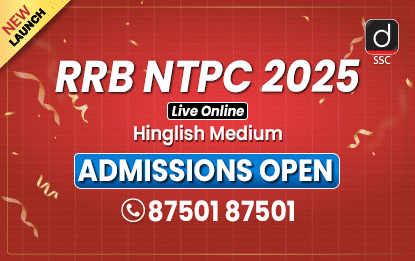


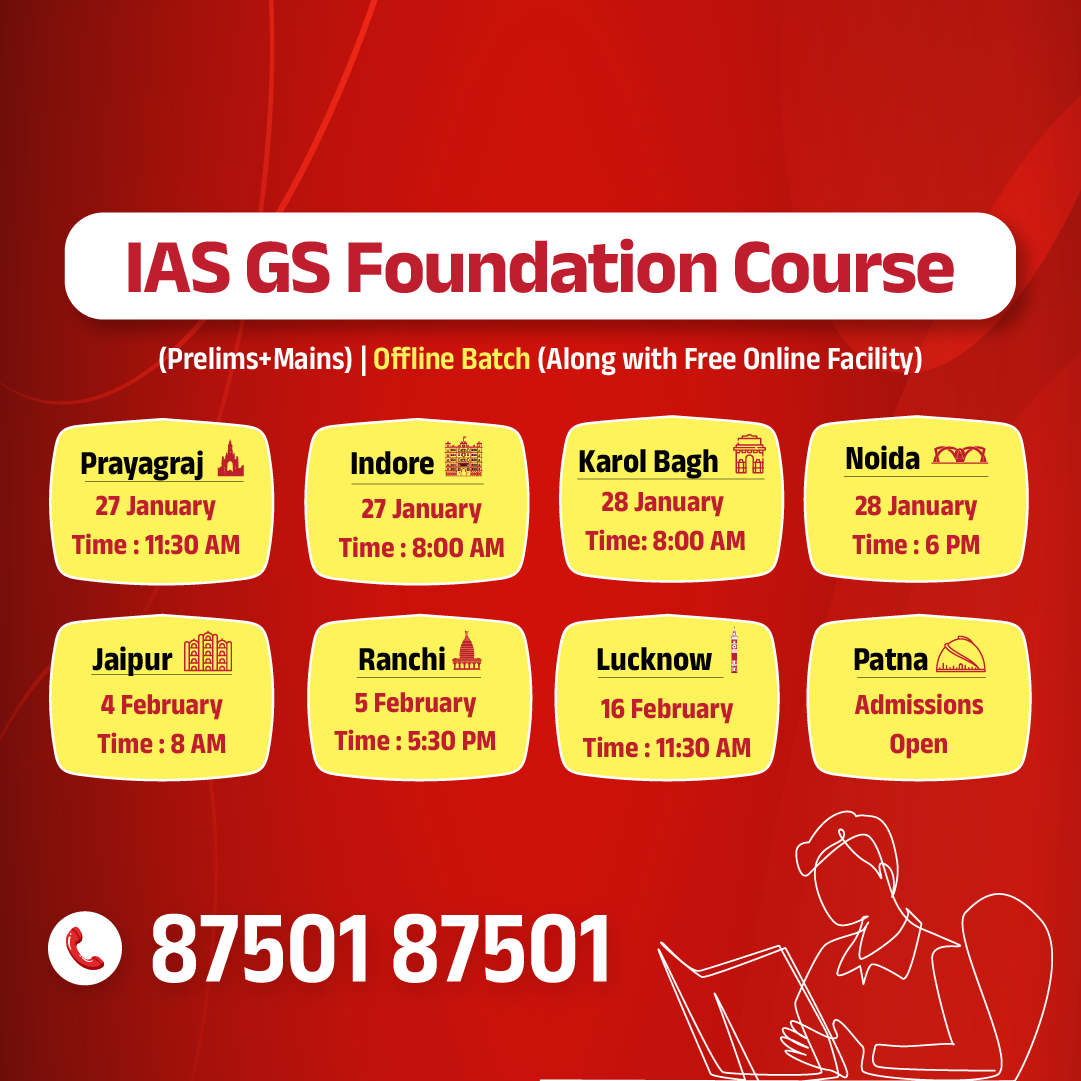
.jpg)
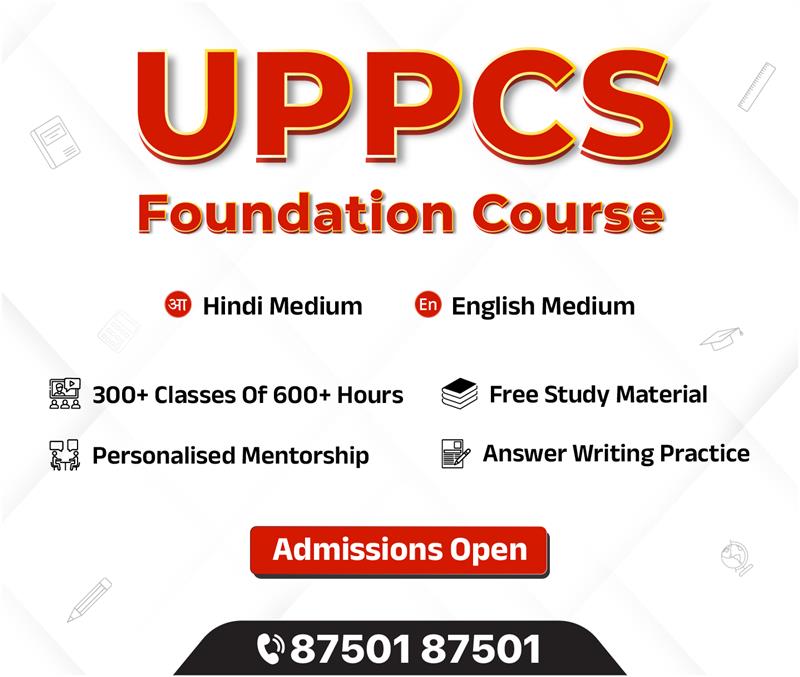

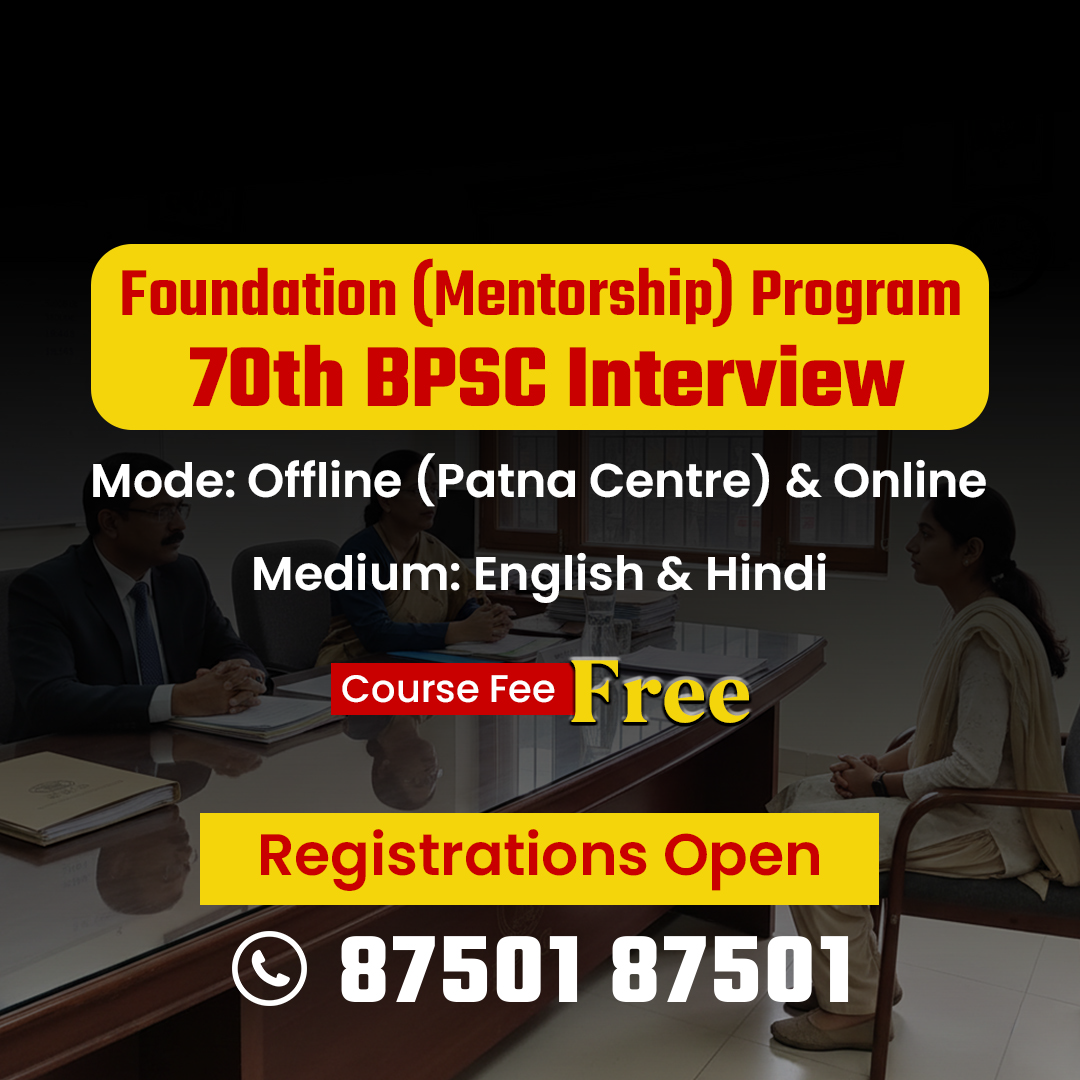

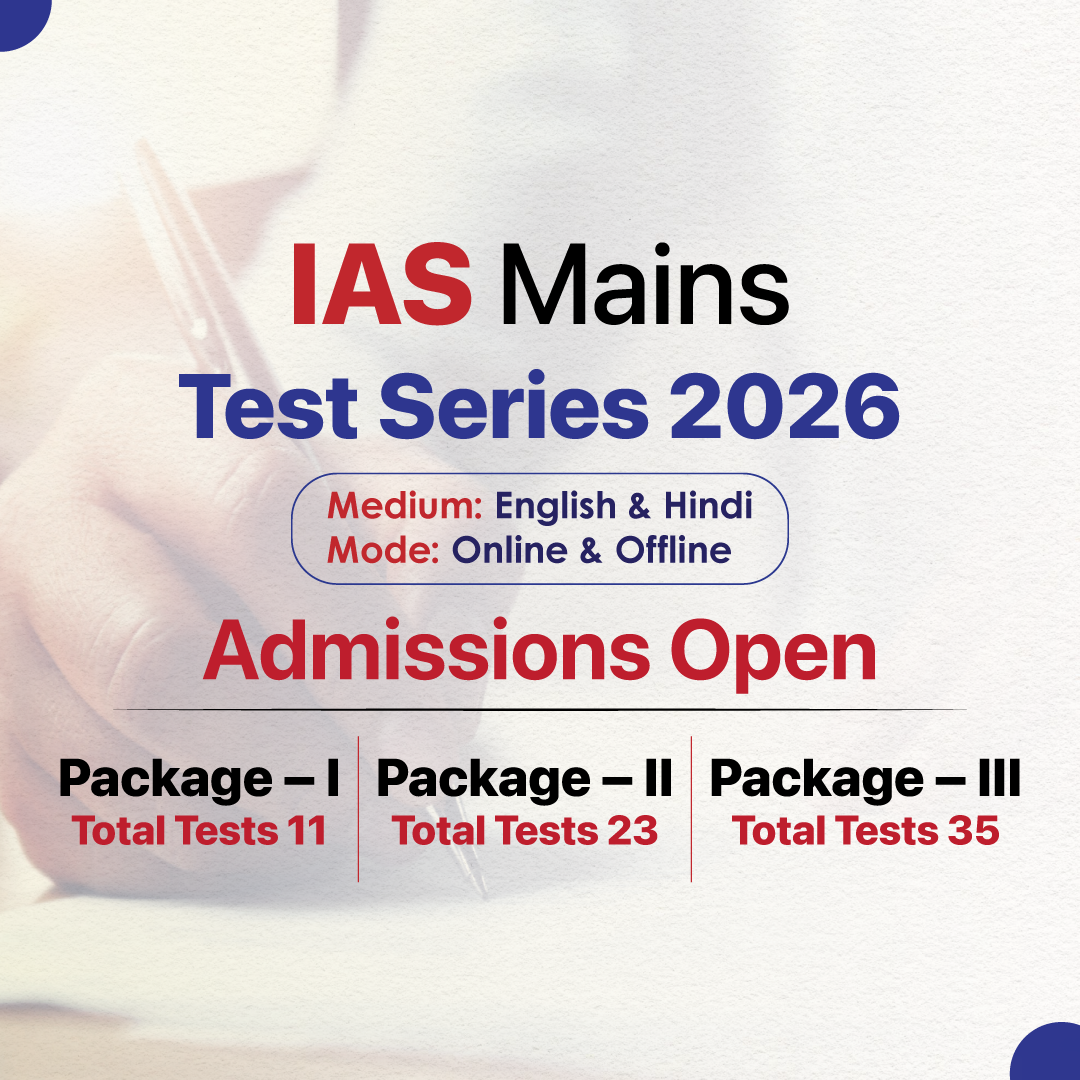

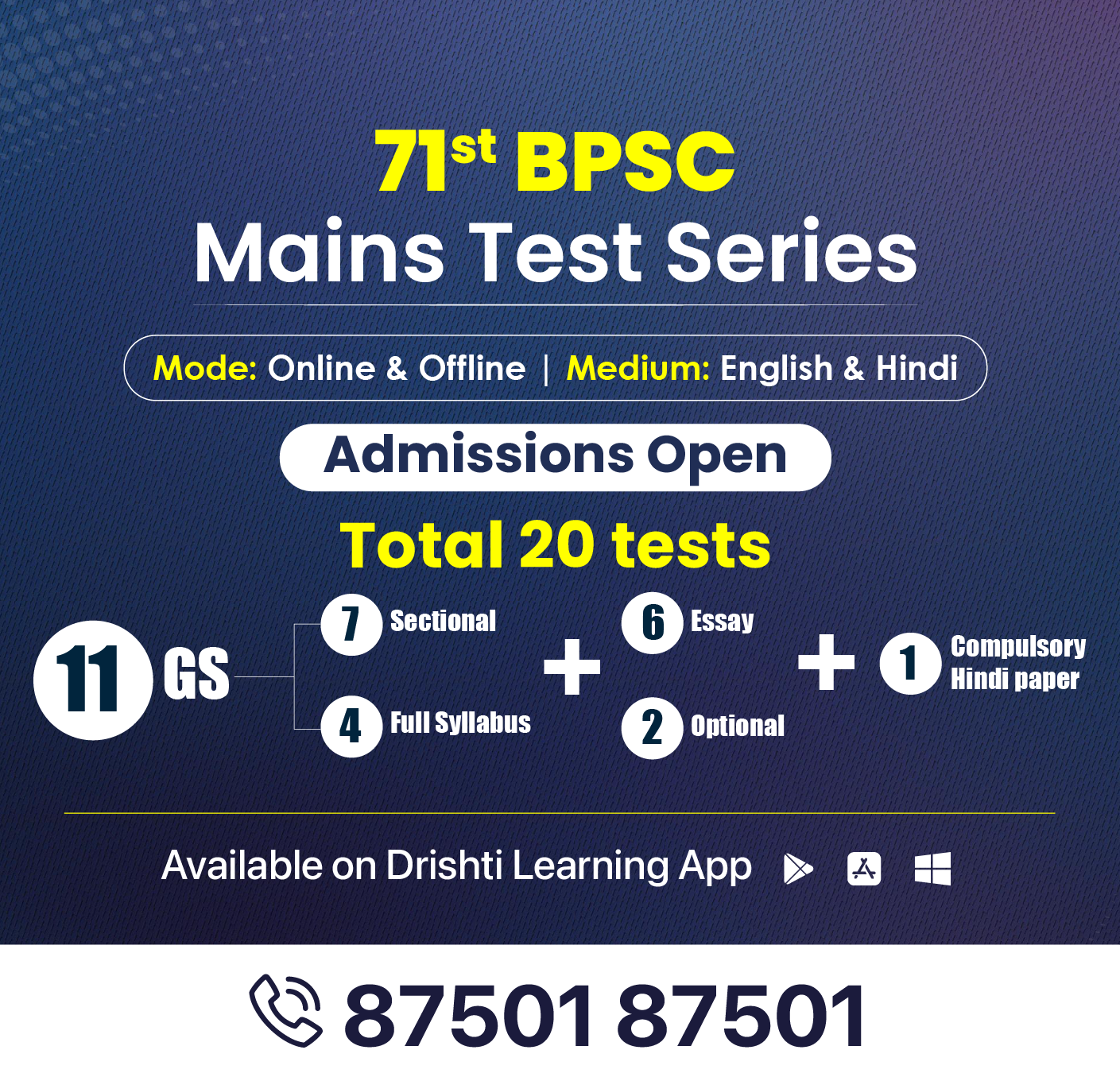
.png)
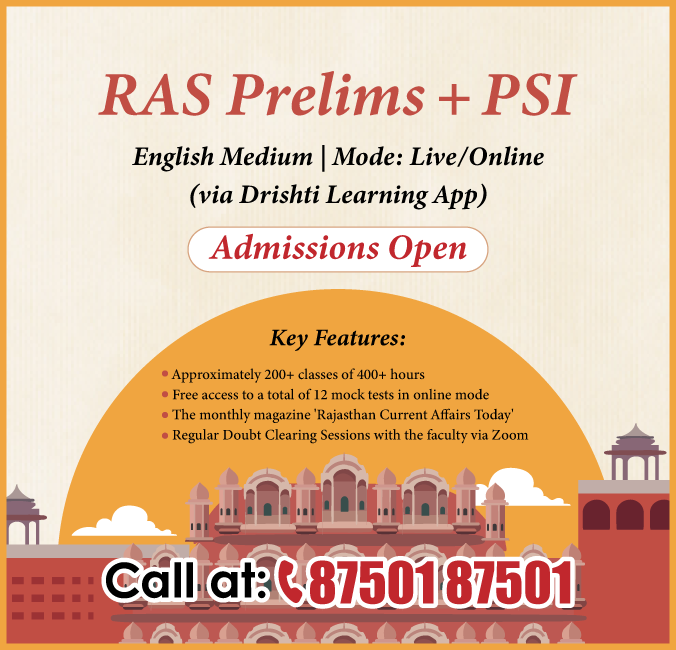

.jpg)

 PCS Parikshan
PCS Parikshan

